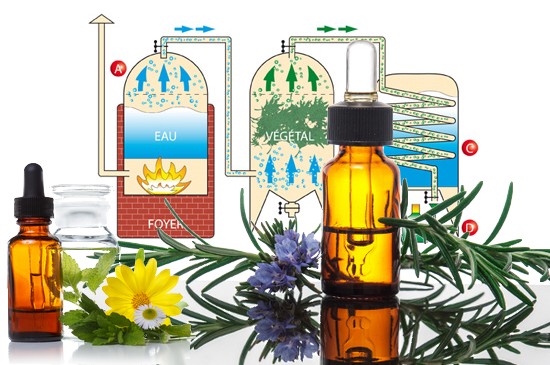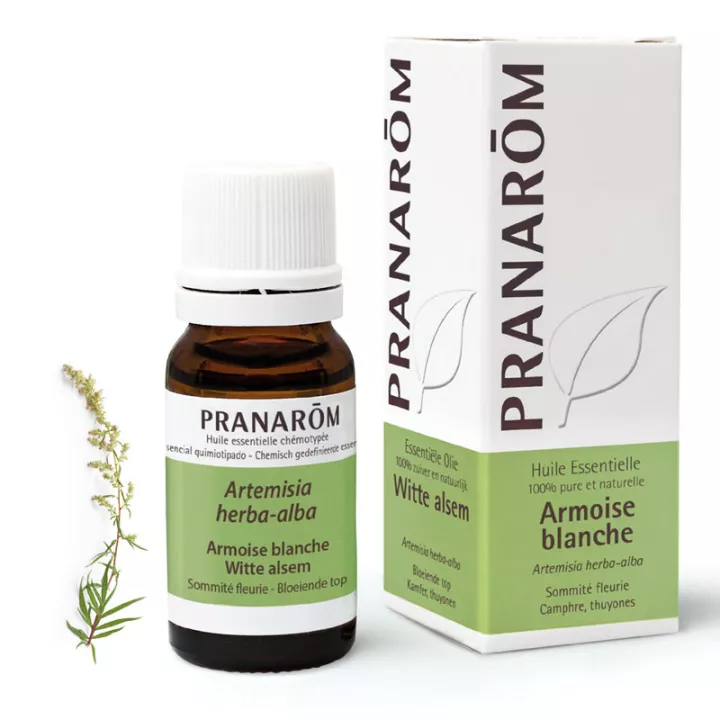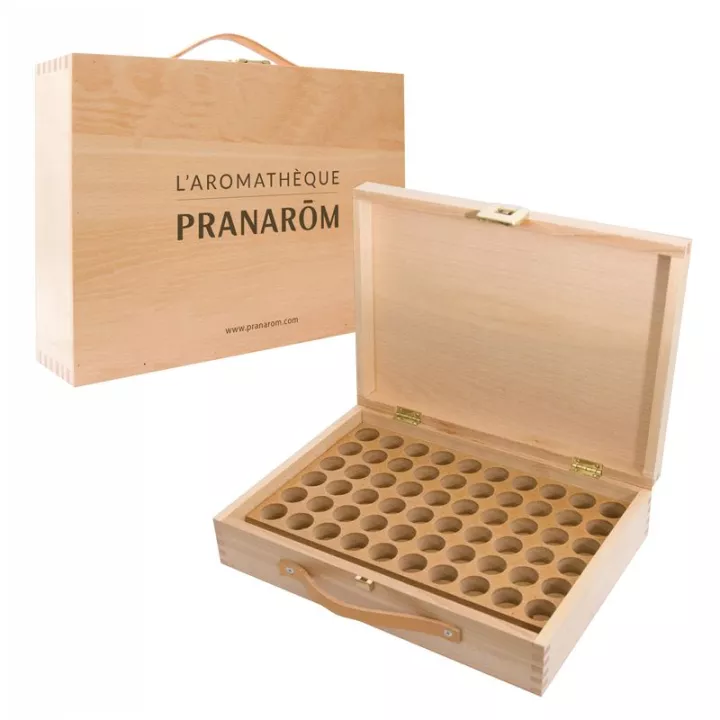What is Pranarom White Mugwort essential oil used for?
Warning: essential oil registered with the pharmacuetic monopoly, negative benefit/risk ratio according to article D4211-13, Amended by Décret n°2007-1198 du 3 août 2007 - art. 1 () JORF 8 août 2007 rectificatif JORF du 18 août 2007.
A large number of medicinal plants possess highly interesting biological properties that can be applied in a variety of fields, including food (flavoring), perfumery (fragrance molecules), therapeutics (active ingredients) and cosmetics. The importance of medicinal plants is due to the extraction of the products they contain, including essential oils.
Known for thousands of years,white wormwood was described by the Greek historian Xenophon, as early as the 4th century BC, in the steppes of the Alps. in the steppes of Mesopotamia. It was catalogued in 1779 by the Spanish botanist Ignacio Jordán Claudio de Asso y del Rio. It is essentially a forage plant, much appreciated by livestock as a winter pasture. It has a characteristic odor of thymol oil and a bitter taste, hence its astringent character.
Pranarom White Mugwort essential oil is traditionally used for a number of indications, including:
- Leucorrhoea and Amenorrhoea: This essential oil is often recommended to help regulate hormonal imbalances linked to excessive vaginal discharge and lack of menstruation.
- Warts: It is also used for its antiviral properties in the treatment of skin warts.
- Respiratory Catarrhal Infections: White Mugwort is renowned for its effectiveness in treating respiratory infections, both upper (rhinitis, sinusitis) and lower (bronchitis, pneumonia).
- Intestinal parasitosis: It is often used to combat intestinal parasitic infections, notably pinworm.
These traditional indications testify to the versatility of White Mugwort essential oil in the field of natural health.
The aromatherapy laboratory Pranarom also offersCelery essential oil at the best price in our online pharmacy.
How to use this essential oil
For cutaneous use, diluted to a maximum of 10% in a vegetable oil.
Possible side effects and precautions for use
- Not recommended for pregnant or breast-feeding women.
- May cause sensitization by skin contact. Avoid pure skin contact.
- May cause lung damage if swallowed. If swallowed, do not induce vomiting: consult a doctor and show him/her the packaging.
- For adults only
- Caution for people suffering from autoimmune diseases, epilepsy, asthma, Parkinson's disease or the elderly, as well as for neurosensitive persons.
- Do not disperse, inhale or use in the bath.
- Do not swallow
- Recommended for cutaneous use only
- Risk of drug interactions: ask your pharmacist for advice.
- Do not use for prolonged periods without professional advice
- Keep out of reach of children
- Avoid contact with eyes
- Never put pure essential oils in the nose, in the ears or on ano-genital mucous membranes.
The use of essential oils during pregnancy and for breast-feeding women requires the advice of a qualified aromatherapist. In the case of hypersensitivity or allergic conditions, test the essential oil before use:
- place 1 to 2 drops of the selected essential oil in the crease of the elbow,
- wait 10 minutes,
- note any skin reaction
- Do not expose yourself to the sun after applying an essential oil containing furocoumarins (EO expressed from citrus peel: lemon, mandarin, sweet orange, etc.). These essential oils are photo-sensitizing and greatly increase the risk of sunburn.
- Phenol or aldehyde-rich essential oils are dermocaustic (aggressive to the skin) and must be diluted in a vegetable oil in a proportion of 85% vegetable oil to 15% essential oil.
- Internal use of essential oils requires professional advice. In case of accidental ingestion: ingest vegetable oil and contact a poison control center.
- Essential oils are not water-soluble. For an aromatic bath, use a suitable dispersant (labrafil, labrasol, disper) in a quantity 4 times greater than the quantity of essential oil. Do not exceed 10 drops of essential oil per 100 liters of water.
What is its composition?
Camphor, thujones
- Latin name: Artemisia herba alba
- Botanical family: Asteraceae
- Producing organs: Aerial parts, inflorescences, flower heads
Packaging:
1 x 10 ml tinted glass bottle






